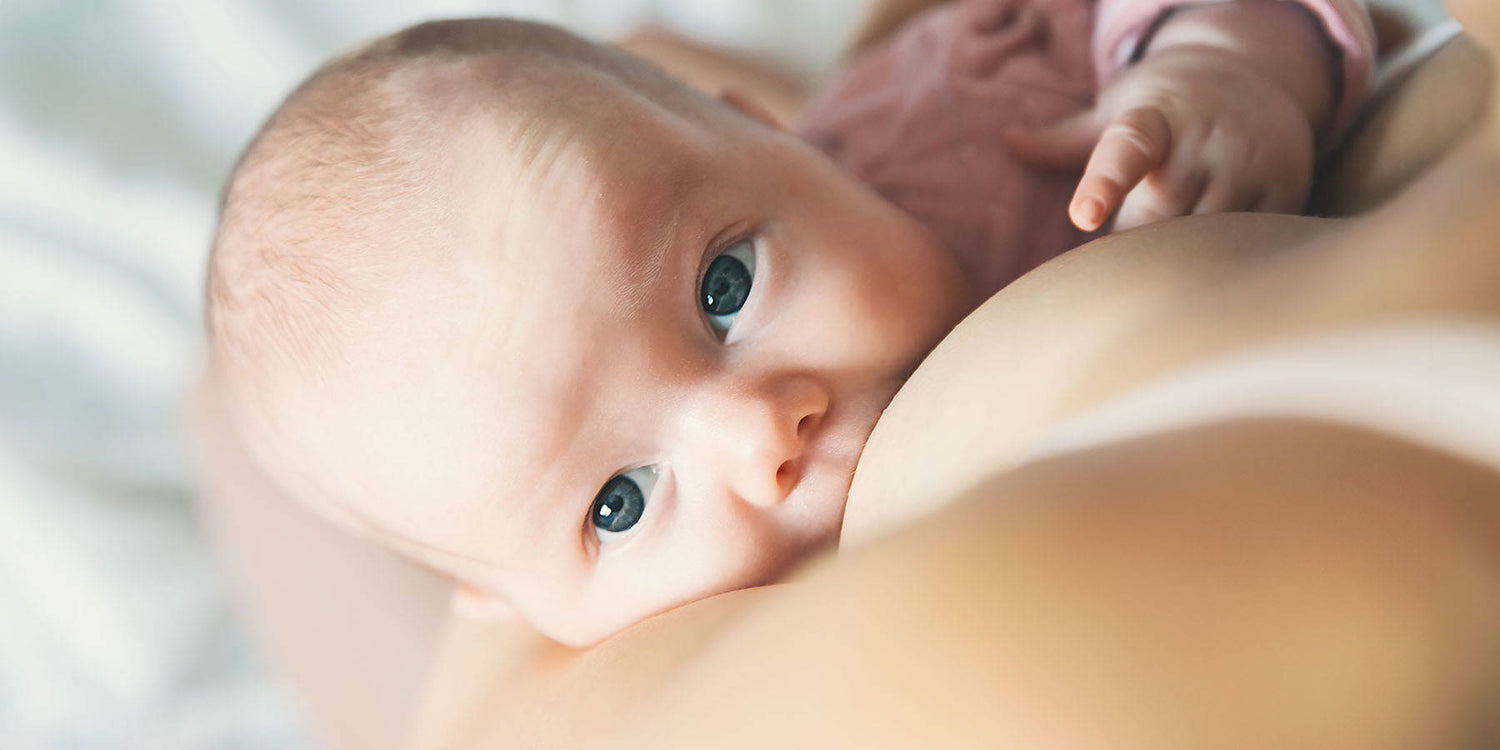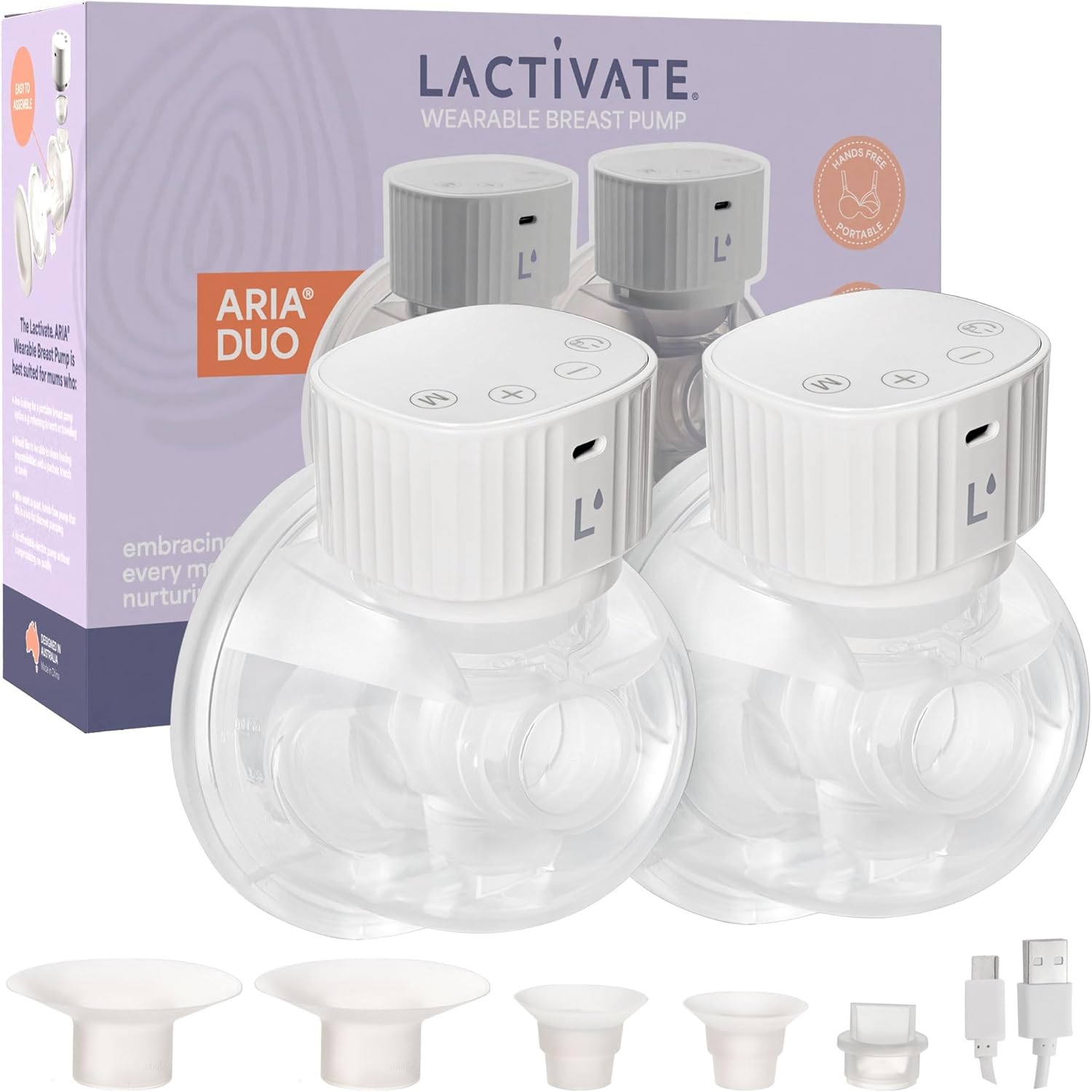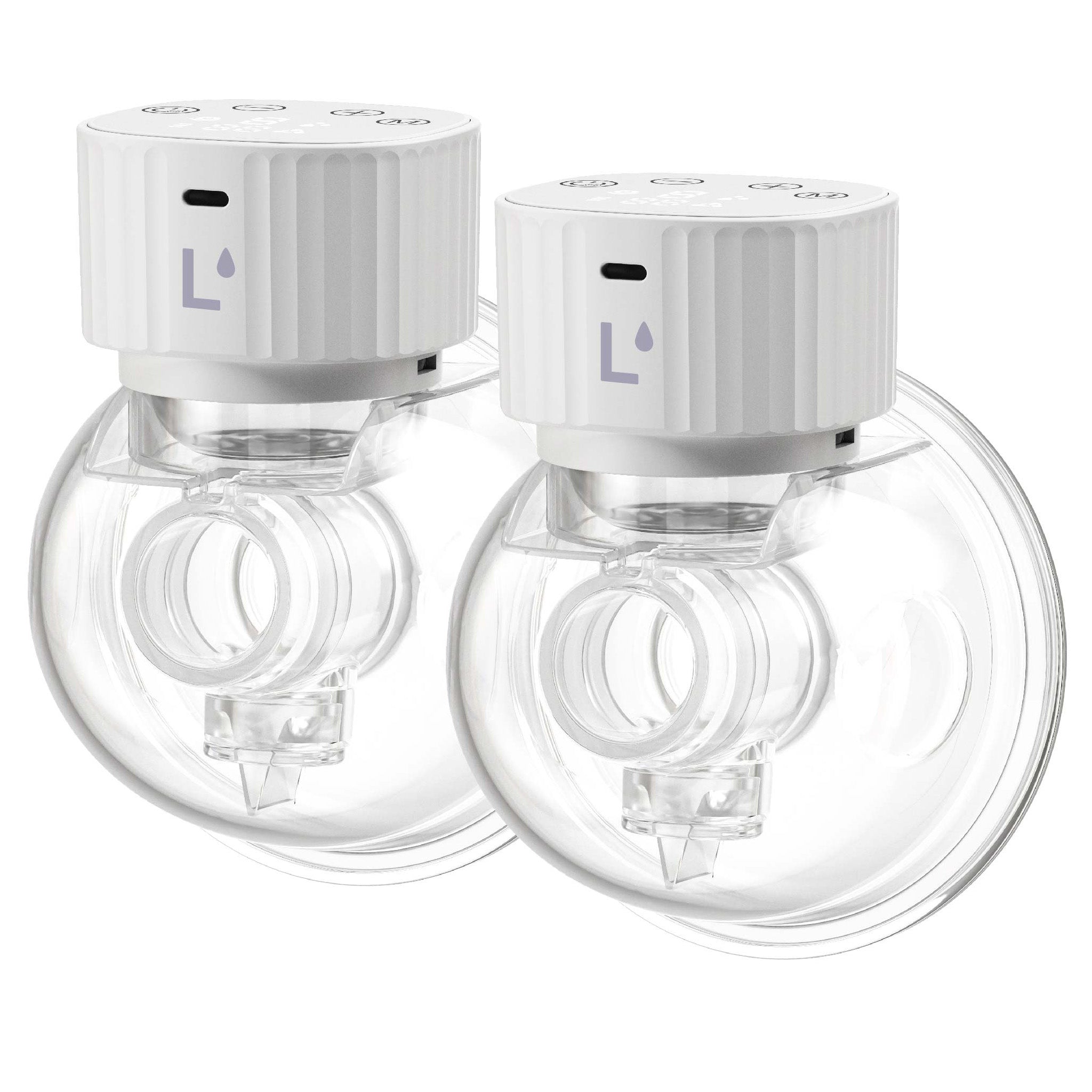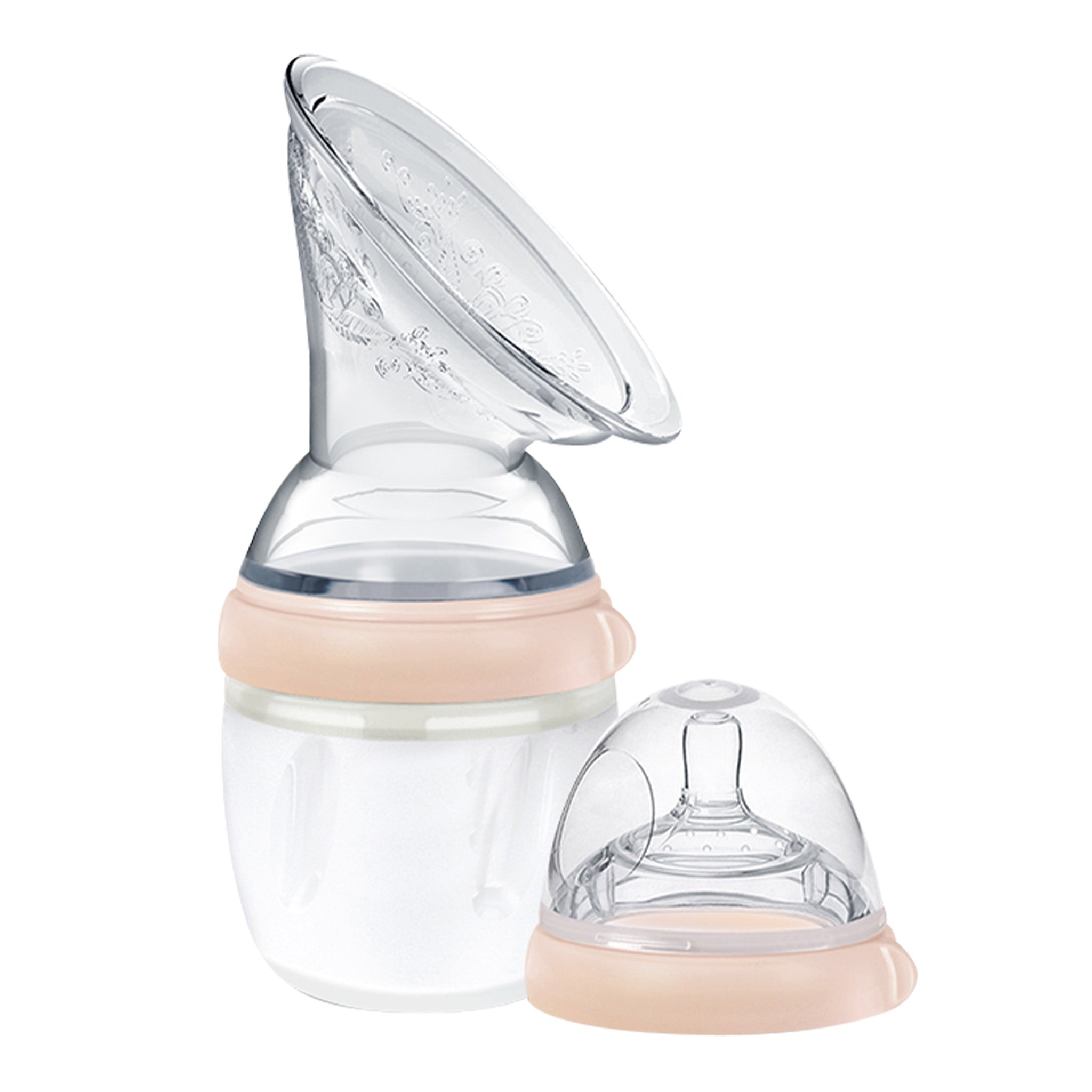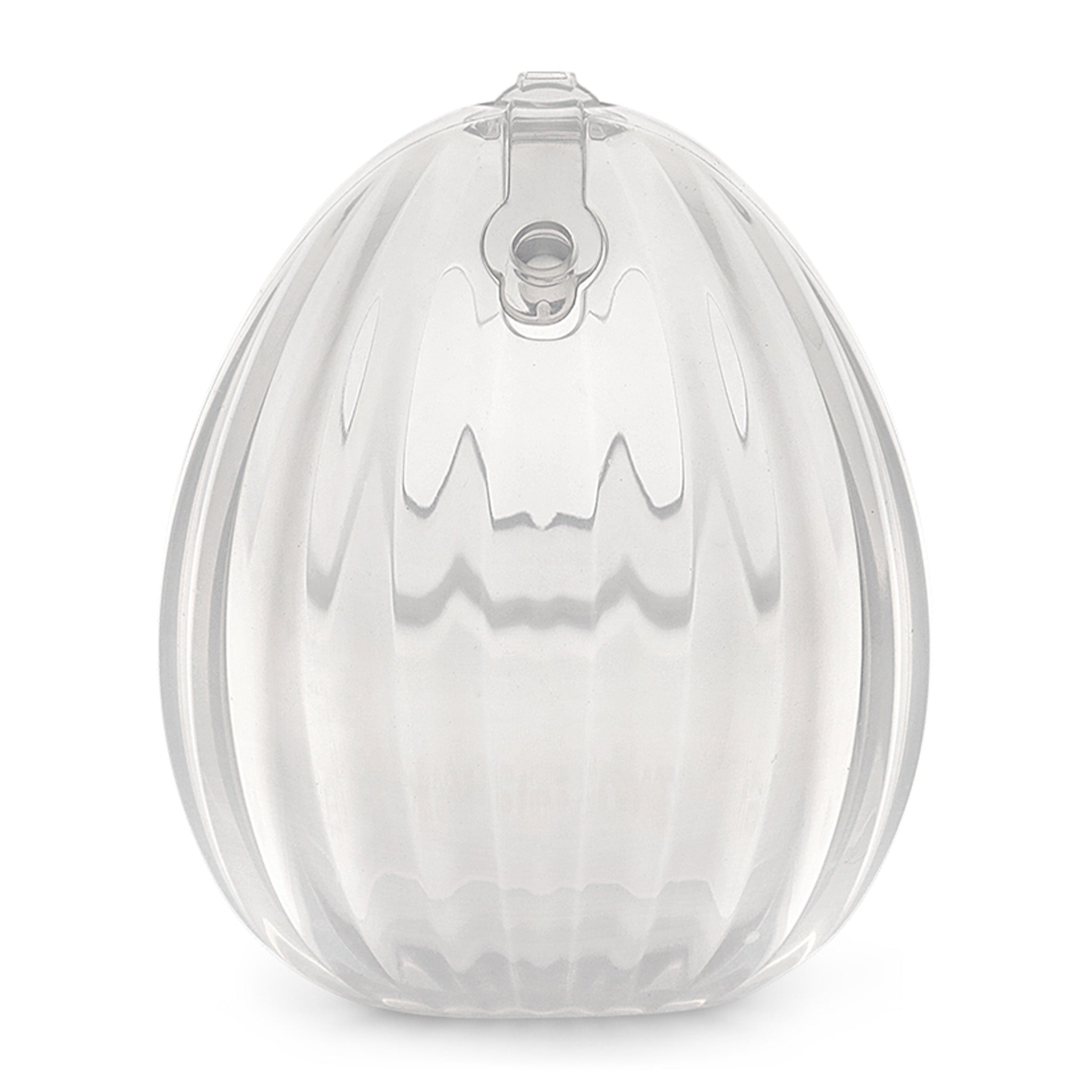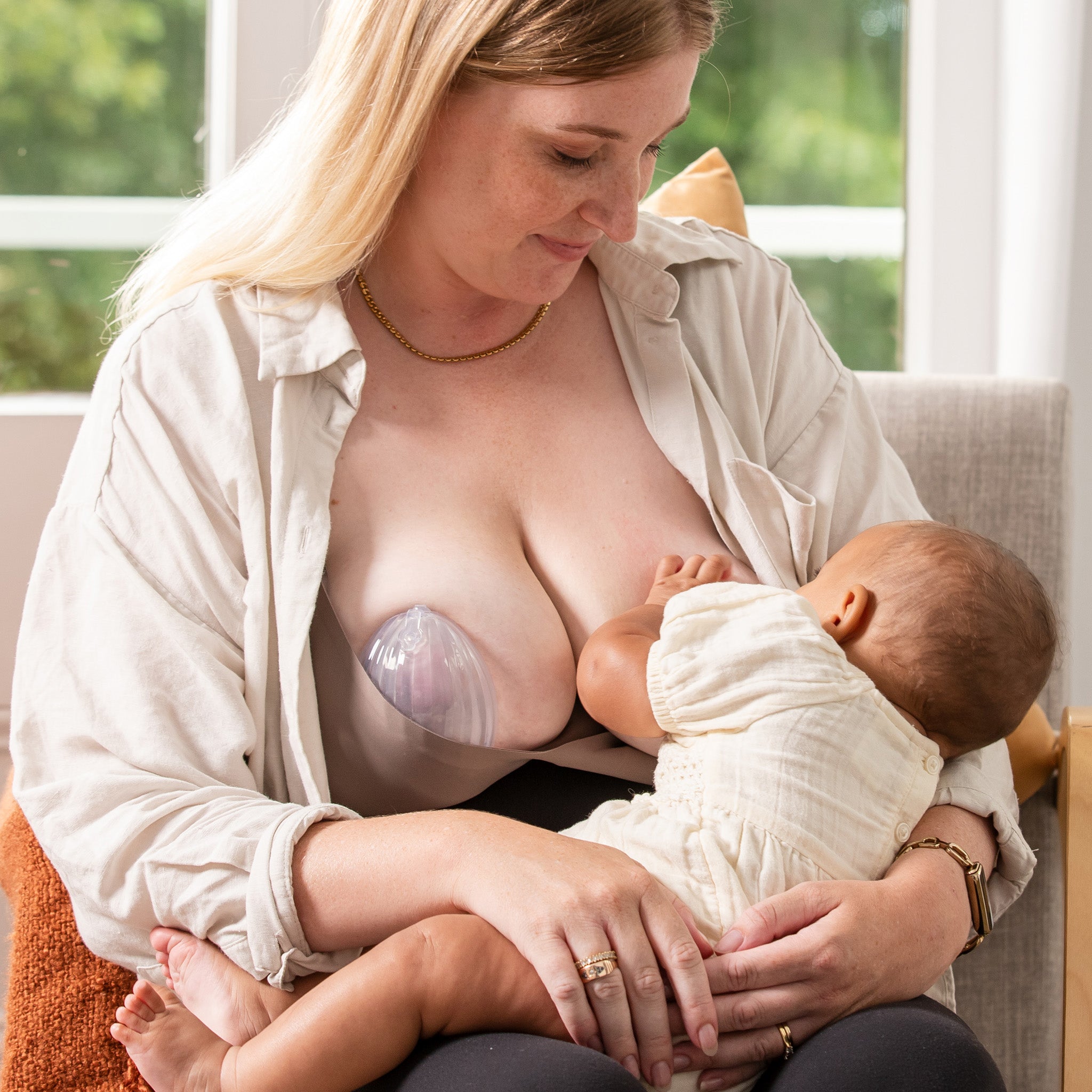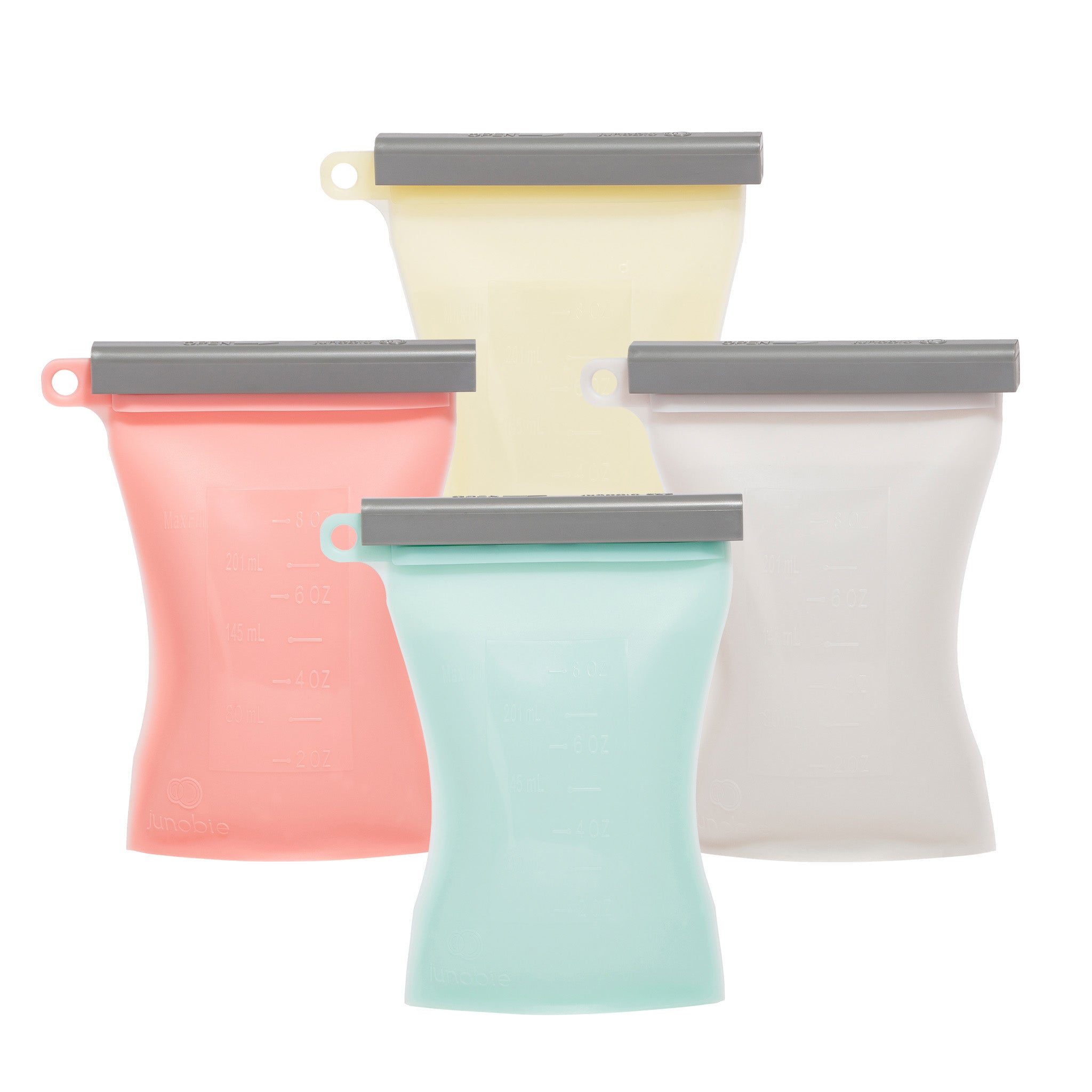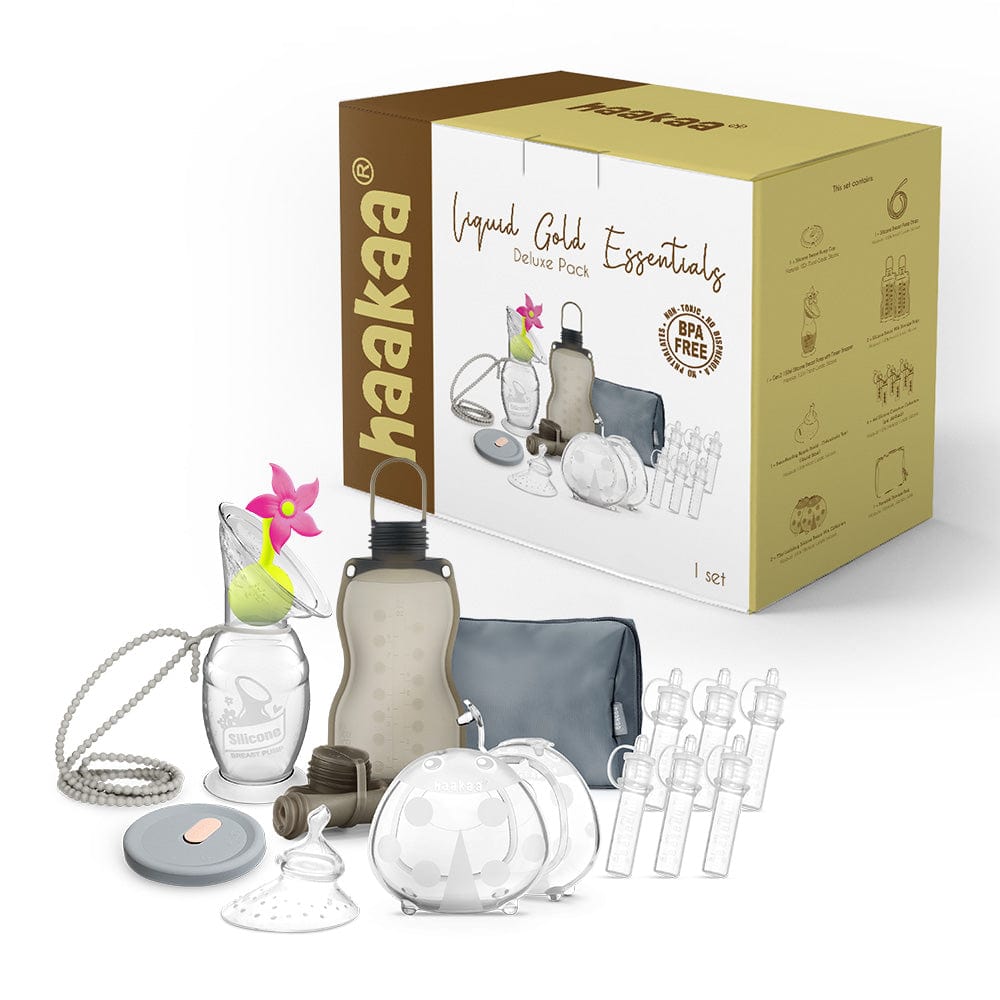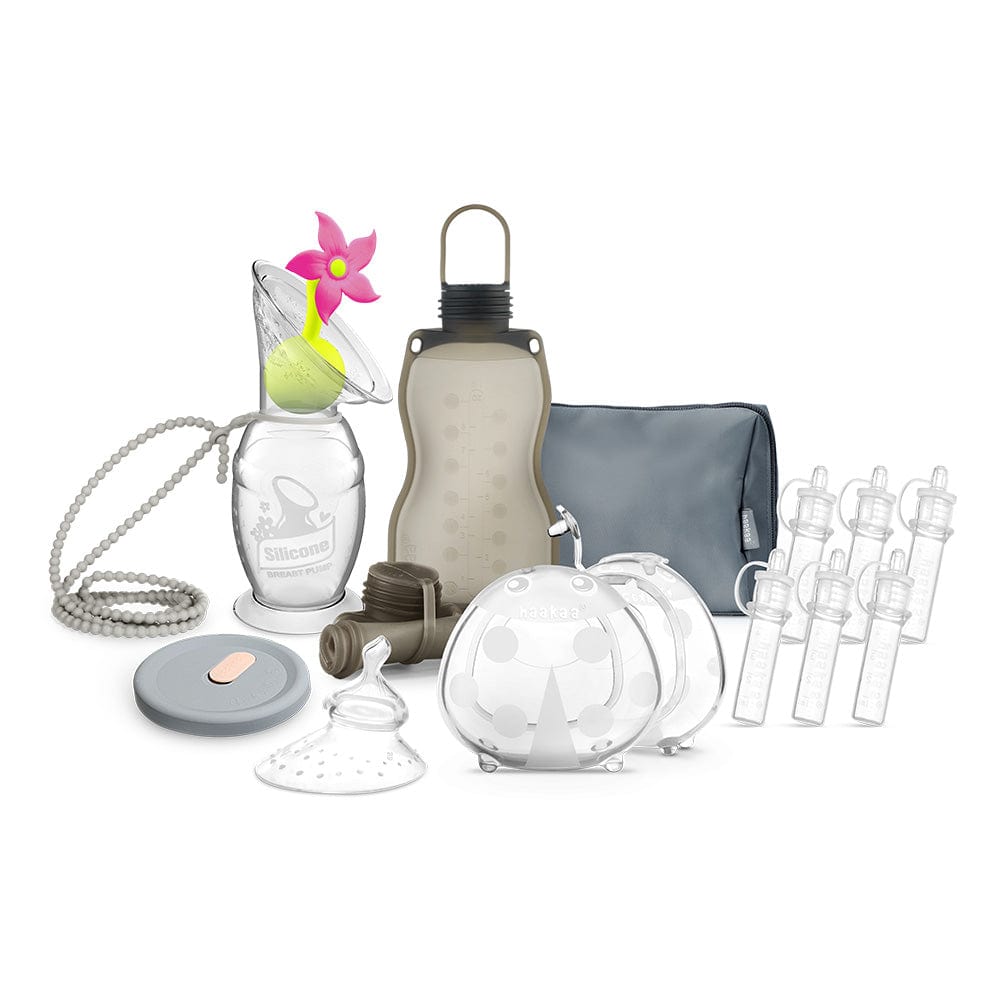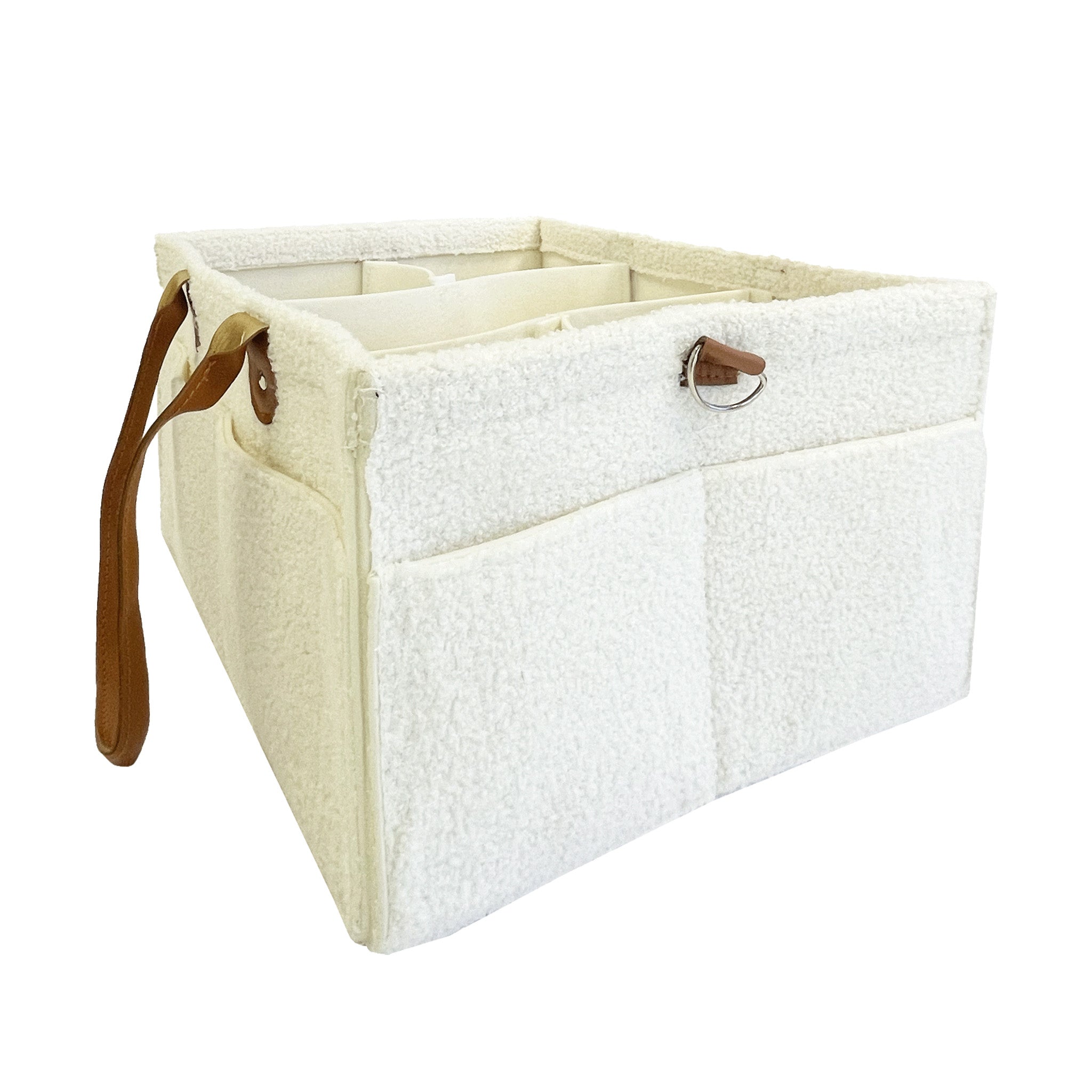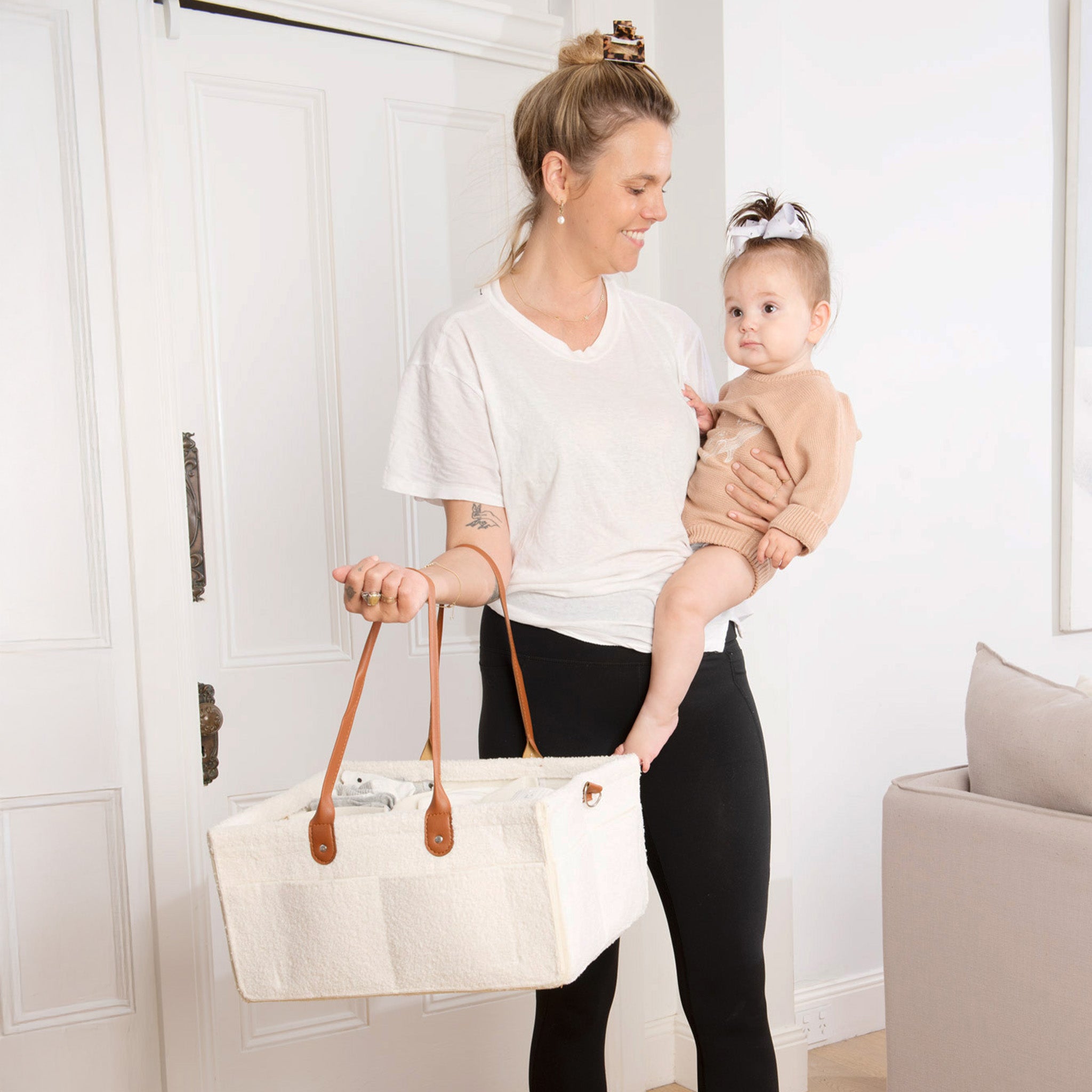As a new mama, you could be forgiven for wishing that your bub came with an instruction manual (I know I did!) While we don’t have an instruction manual, there ARE some ways your little one will communicate with you, especially when they’re hungry! You’ve just got to learn how to read (and understand) those cues!
Read on to find out how to recognise early feeding cues and better understand your baby’s hunger signals.
So what is skin to skin exactly?
Just like adults, babies, even newborns, have ways of communicating the fact that they are ready to eat. Unlike adults, they don’t yet have the power of words. What they do have, are feeding cues or hunger signals; common behaviours and/or actions that indicate clearly that they are hungry and ready for a boob or bottle.These cues range from the super subtle to the ‘right, I think she’s hungry’ obvious.It can take some time to start to recognise your bubs feeding cues but it’s an extremely useful skill to have. Responding to hunger early, before your baby starts to become frustrated, can make a huge difference to your day/week/month/parenting experience, especially as responding to hunger cues can often reduce crying, especially hunger/frustration induced crying which, as any parent will tell you, is a win!
Watch the baby, not the clock
So what are these mysterious cues or signals? They’re actually not that mysterious at all, just common behaviours that indicate that bub is starting to feel a bit on the peckish side. The key to recognising them? Watching your baby and not the clock. Many new parents may be told that their baby needs to feed every XYZ hours and will then try and stick to this like, well, clockwork. Thing is, babies can’t tell time. They don’t know it’s only been one hour and forty minutes since their last feed with the next one not due for three hours at least. They just know that they’re hungry! Watching your baby will help you to recognise their own individual cues, regardless of what the clock says.
Early feeding cues
Early feeding cues are the first signs your little one will show to indicate that they are starting to get hungry. According to the Australian Breastfeeding Association, these may include:
- Fidgeting or restlessness
- Opening and closing mouth
- Turning head side to side
- Nuzzling against the breast or chest (‘rooting’)
- Light fussing or whimpering
- Increased alertness or staring
- Clenching hands or bringing hands to mouth
These early cues may be quite subtle but they’ll definitely be present, alerting you to the fact that your little one is ready for a feed.
If you catch these cues in time, it will allow you to latch bub on and begin a feed in a relatively calm way which is great for you both. It is generally much easier to attach a calm baby to the breast, especially when you’re learning to breastfeed. Following your babies lead and feeding on demand/in response to their hunger signals is also a great way to establish and maintain your milk supply.
Late hunger cues
What happens if you miss the early hunger cues being shown by your baby? Like with anyone when they are hungry, your baby will continue to remind you that they are ready to be fed, generally in an increasingly frustrated and upset way. These later hunger cues may include:
- Tense, jerking movements
- Colour changing to red
- Crying
In a nutshell, your baby is doing everything in their power to tell you that they need to be fed and they need to be fed NOW.
Responding to feeding cues
Sometimes life happens and you might miss the early signs your little one is hungry. We’ve ALL been there mama. So what do you do next? Calm your baby (and yourself) then feed your baby. If you’re both feeling super agitated it can be very hard to latch and for your milk to let down so try and relax, take a few deep breaths, get skin to skin with bub and encourage them to begin feeding. After the first few sucks, your little one will likely relax as the milk begins flowing.
My baby shows hunger cues constantly, is this possible?
Sometimes your baby may seem to want to feed constantly. You’ll have finished one feed only to notice them beginning to show cues 15 minutes later. Are they hungry again? Possibly. Do they want to feed for another reason? Potentially. It’s important to remember that the breast in particular offers far more than just food to your baby. Suckling helps to calm and relax them and being close to you is their safe space. They may indicate that they’d like to feed for either of those reasons. Or for pain relief, a growth spurt, thirst, the list goes on! You can’t overfeed a breastfed baby so if there are days when all you seem to do is feed, don’t panic! There is likely a good reason for it.
On that note however, if you need a break and baby has had a good feed, is comfortable and dry, then it’s ok to hold off on feeding again, even if you’re noticing what looks like hunger cues. Get yourself something to eat and drink, have a stretch and take a few deep breaths. Then, if bub still wants to feed, go for it.
You’ve got this mama!
Featured Product
A practical and affordable wearable pump that actually works! Embrace every moment, Nurture every drop® with Lactivate® ARIA® Wearable Breast Pump. The ARIA® is an electric breast pump designed to fit inside your nursing bra to give you a hands free pumping experience- no more cords or tubes!
For more breastfeeding resources and blogs, check out our resource section

